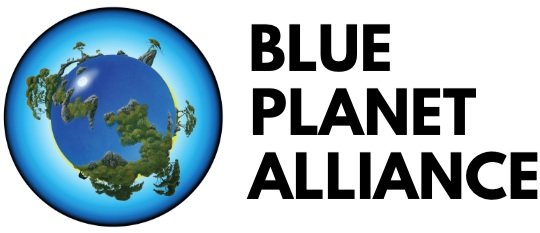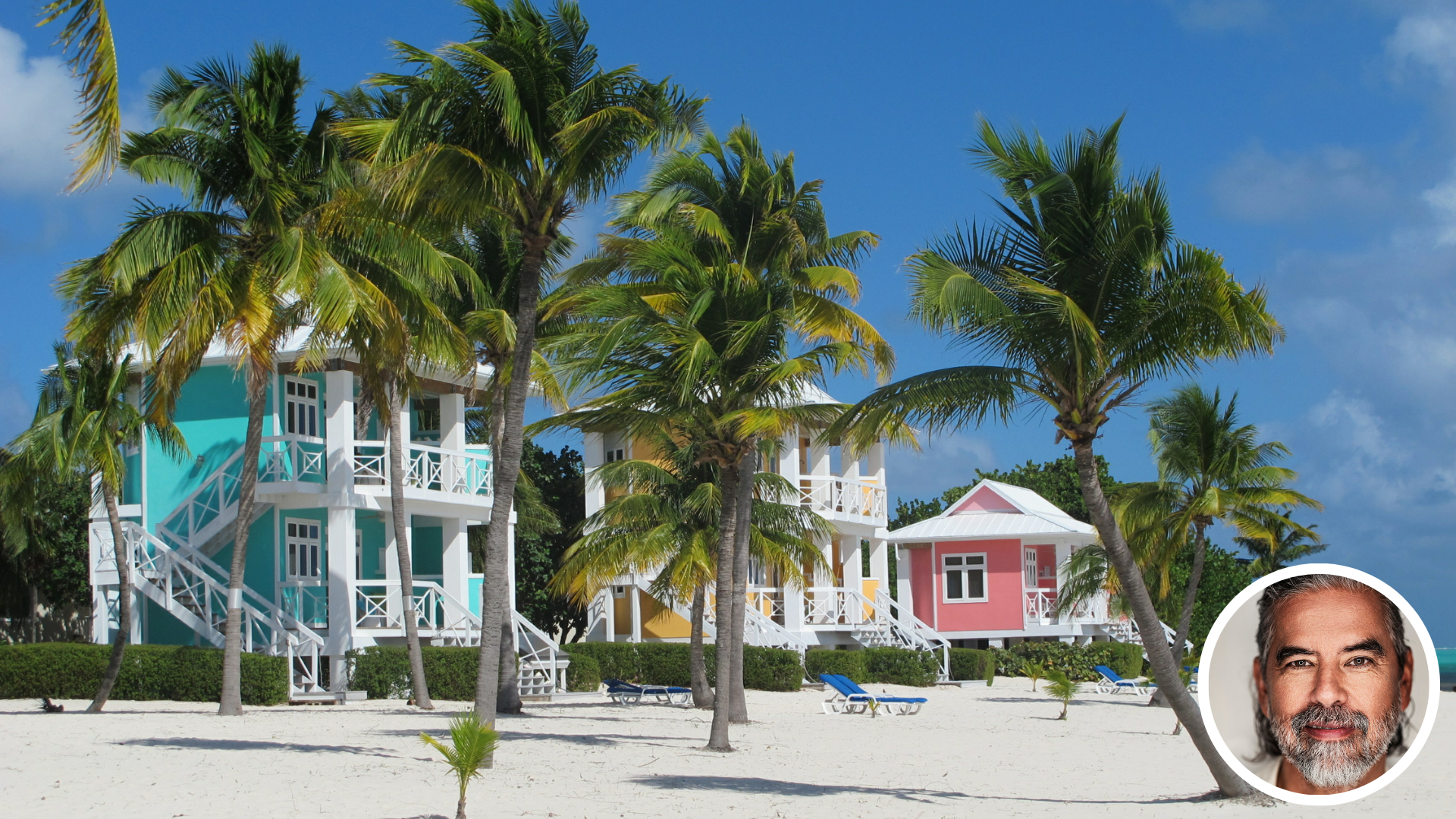Why Postpone Energy Independence?
By Henk Rogers, Founder, Blue Planet Alliance
The Cayman Islands are a paradise — pristine beaches, world-class diving, and unique wildlife, such as endangered iguanas and rare birds like the red-footed boobies.
They are also the Caribbean islands most negatively impacted by extreme weather, and the fifth-most vulnerable islands in the Caribbean to rising sea levels.
The irony is the Cayman Islands aren’t just victims of climate change: they are also significant contributors to the problem. According to the World Bank, the Cayman Islands consumed 655 million kWh of electricity in 2019, with only 2.5% of that being produced from island-based renewable sources.
I have lived in Hawaii for much of the last 50 years, and I understand precisely the problems the Cayman Islands are facing. I’ve also participated in Hawaii’s energy transformation and know how the lessons we’ve learned in the Pacific can help our Caribbean friends improve their relationship to energy and have a more resilient, affordable, and climate-friendly future.
But we need all of the key stakeholders in the Cayman Islands onboard, and right now we’re facing considerable resistance from one of those stakeholders: the Caribbean Utilities Company (CUC), the utility on that island group.
But first, a little history.
Ditching Dirty Energy
Before 2015, Hawaii was one of the largest consumers of fossil fuels per capita on the planet. There is no well-populated island more isolated on the globe than Hawaii, and the islands were at the mercy of oil-producing cartels, shelling out upward of $6 billion a year on dirty energy — petroleum and coal — to fuel the archipelago.
The state’s political and business leadership recognized that the system in place was unhealthy for its citizens, was economically unsound (that money did not stay in the local economy), and was contributing to the climate crisis to dramatic effect in Hawaii. Like other island states, Hawaii was ground zero for the negative impacts of climate change — from extreme storms and flooding to rising sea levels to devastated coral reefs and ecosystems. In turn, these negative impacts had deleterious effects on human health, communities, our economy, and tourism.
In 2007, I founded Blue Planet Foundation, a nonprofit that led the movement to establish a 100% renewable-energy transition for the state by 2045. The road was challenging, but ultimately we were successful, and Governor David Ige signed legislation in 2015 making Hawaii the first U.S. state to legislatively mandate a transition to 100% renewable energy.
This was a landmark decision, and one that has since seen more than 20 U.S. states and territories embrace their own versions of this law. Since Hawaii passed that legislation, I founded Blue Planet Alliance, another nonprofit, whose mission is to replicate the success we had in Hawaii with other island countries and territories globally.
Last year we launched a Fellowship program, in which we convene representatives of other islands in Hawaii for a week-long deep dive with local experts into the technical, economic, and leadership challenges of transitioning off of fossil fuels. We help participating islands develop their own 100% renewable-energy transition plans and create a strategy to make it a reality.
Making it a reality is no easy task. In Hawaii, navigating the relationship with Hawaii’s primary utility, Hawaiian Electric, was the most difficult part of the protracted endeavor. They were wed to their monopoly business model of operating fossil-based power plants, and the new renewable future was uncertain and scary for a large corporation. This is where island leadership was necessary to set the vision for the future — even over the objection of the utility.
From Opponents to Partners
Interestingly, after Hawaii’s 100% legislation was adopted, Hawaiian Electric — legally forced to do a long-range analysis of powering the grid with only renewable energy — found that Hawaii’s 100% clean-energy future could be achieved five years ahead of schedule, at a cost that was billions less than “business as usual,” all while working collaboratively with consumers and the private sector. We helped them devise a business model that was a win-win-win: an energy source that was healthier for the planet, more affordable for consumers, better economically for Hawaii, and allowed the utility to make more money.
We’re working to recreate this success story through the Blue Planet Alliance Fellowship Program. That first cohort last October comprised eight islands — seven from the Pacific region (many of which have since followed through with proposed legislation for transitions to 100% renewable energy) and the Cayman Islands, our sole Caribbean representative in this first group.
The representatives from the Cayman Islands were very committed to bringing renewable energy to their home country comprising three islands. One of those representatives, James Whittaker — Chairman of the Cayman Islands Energy Policy Council — spoke poignantly about the environmental impacts on the baby red crab population, which has greatly diminished since his childhood.
But, just as we encountered in Hawaii, despite the support for more renewable energy, the Cayman Islands are getting major pushback from the CUC. It is worth noting that that utility is a Canada-based public company with an exclusive monopoly contract for the transmission of electricity in Grand Cayman, which is enforceable through 2048.
Pushing a Flawed ‘Solution’
Publicly, the CUC has embraced solar energy and other renewable-energy sources. But it’s unclear if their private actions are truly aligned with a low-cost, clean-energy future for the Cayman Islands. The CUC has recently suggested that importing a new fossil fuel — liquefied natural gas, or LNG — will somehow be a better choice than renewable energy. We heard something similar from the Hawaii utility 10 years ago before we committed to 100% fossil-free energy.
In 2014, Hawaiian Electric argued that importing LNG would serve as a low-cost “bridge” fuel to our clean-energy future. They went so far as to sign an agreement with Fortis, the company that owns a majority stake in CUC for importing the LNG. Hawaii leadership ultimately rejected this proposal after learning that the purported cost savings were unlikely to materialize — particularly given the costly infrastructure upgrades needed to receive the new fossil fuel.
What's more, the environmental claims that LNG was somehow a "cleaner" fuel fell apart when examined closer. Several analyses conclude that the lifecycle-climate impact associated with LNG production, transport, and energy generation are greater than those of other fossil fuels — even coal. Fortunately, Hawaii instead decided that our future was 100% renewable — a future that was incompatible with importing a new fossil fuel.
That decision paid off. The Hawaiian Electric service territory is currently (2023) between 30% and 52% renewable, and the Kauai (KIUC) grid is currently about 70% renewable. The Kauai example is particularly relevant for Grand Cayman, as they have nearly identical populations (~75,000) and similarly sized electricity grids (~166 MW for Grand Cayman and 236 MW for Kauai).
Solar power from rooftops is currently the largest source of clean energy in Hawaii. Over 100,000 homes have solar-power plants on their roof — over one-third of all detached single-family dwellings in the state. Besides the fact that they produce power without having to take up valuable farmland and conservation space, they are decreasing customer bills, increasing resiliency, creating new solar jobs, and reducing our carbon emissions.
We are eager to share what we’re learning in Hawaii with the Cayman Islands’ leadership, residents, and the CUC. As we found through our experience in Hawaii, working with the utility is much more productive than fighting them if we want to accelerate a future that benefits people, planet, and prosperity. We are convinced the CUC will make more money if they work collaboratively and embrace the rapid switch to renewables — money that will stay circulating in the Cayman economy.
We are continuing to work with the Cayman Islands representatives who attended our October Fellowship program, just as we are continuing to work with the other seven islands who participated. Our vision is an enormous diplomatic bloc of 50 islands that will matriculate our program in just three years — 50 islands on their own path to 100% renewable energy. Imagine what kind of demonstration that will be to mainland powers like China, India, and the United States.
We hope the CUC can share our vision of collaborating toward a cleaner, healthier, less threatened, and more prosperous future — and what we’ve learned can help them get there.
Henk Rogers is the founder of the nonprofit Blue Planet Alliance.

